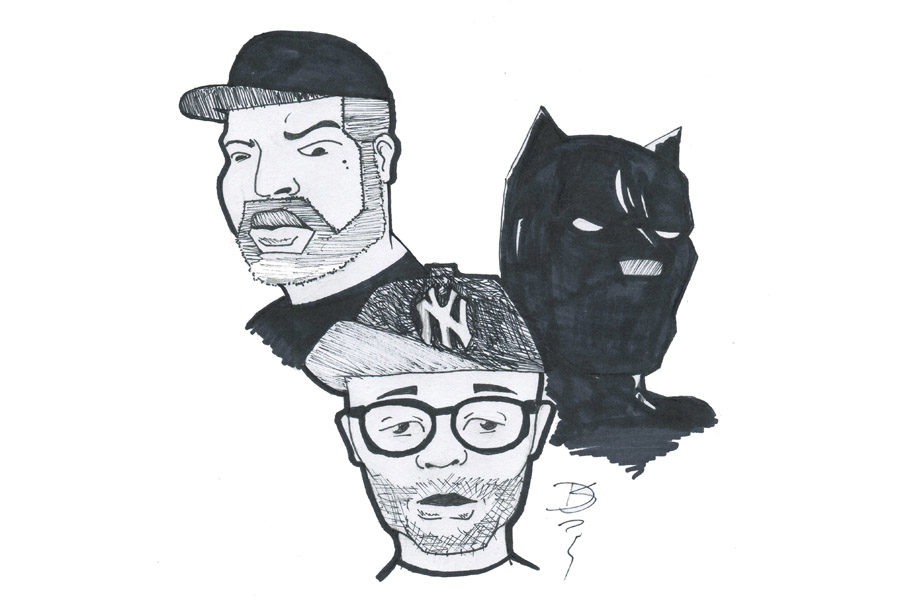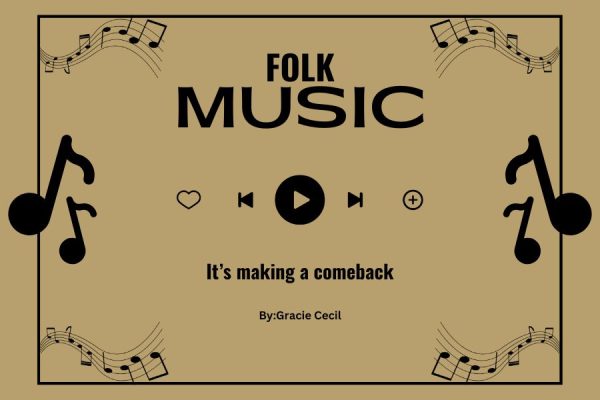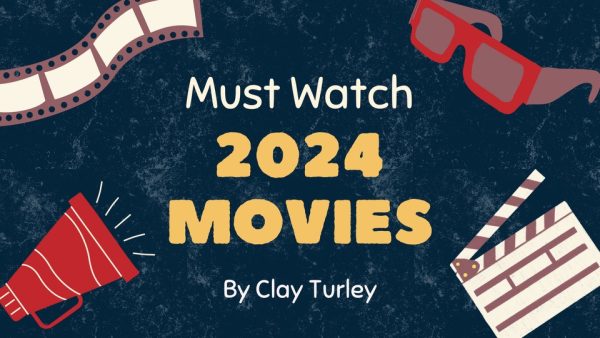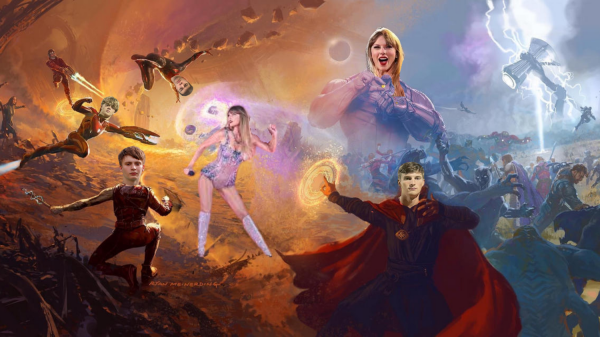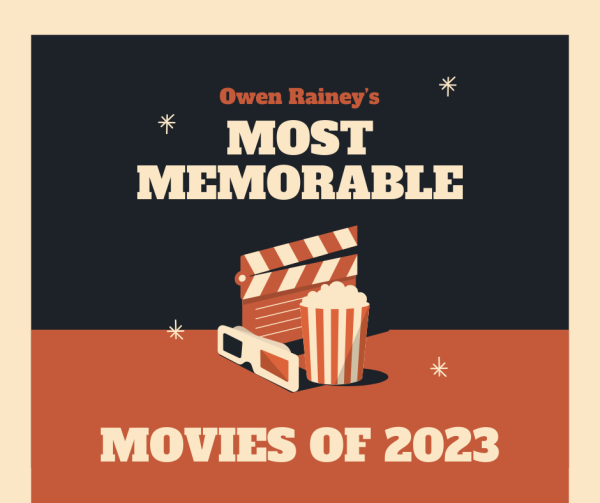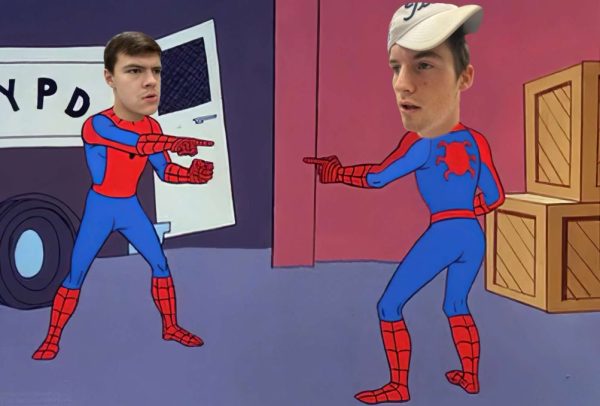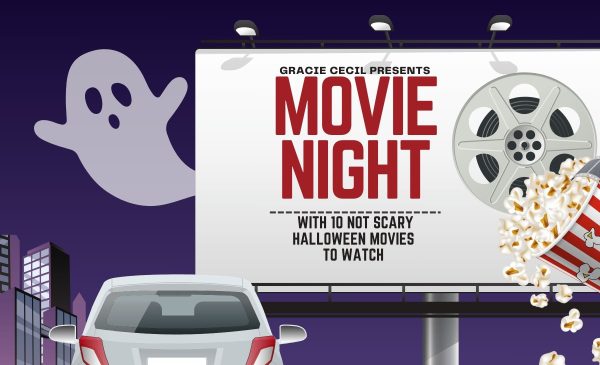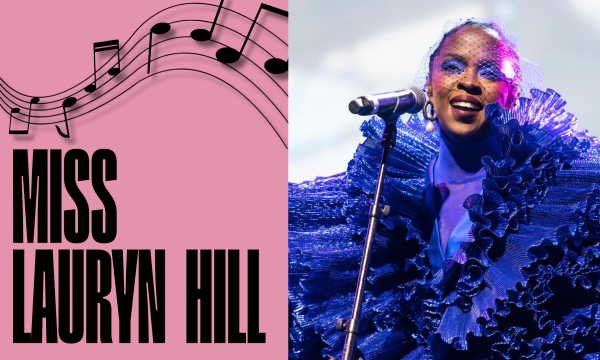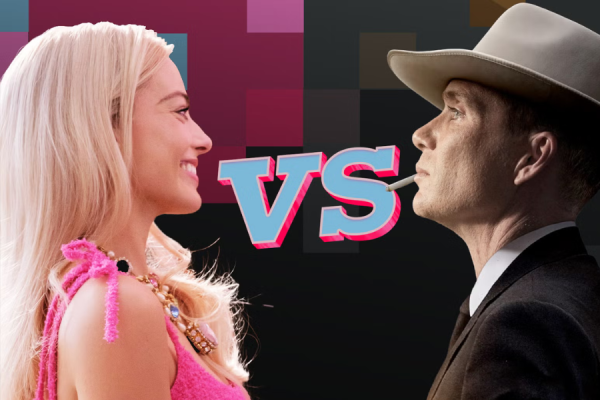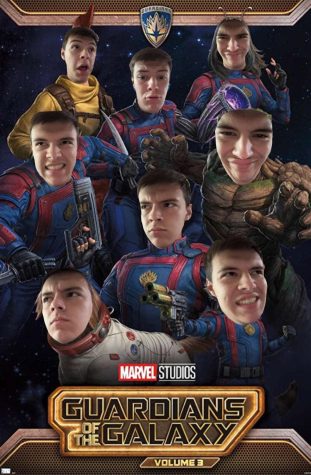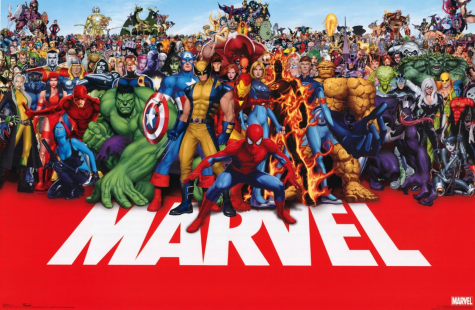No More Black and White Movies
From left, Ice Cube, Spike Lee and Black Panther.
Movies have been used to bring attention to social problems since the idea was hatched. In a time when the word ‘freedom’ was skewed to exclude a group of people who didn’t ask for hate, only one thing could tell their story.
Movies gave black citizens the ability to show their hardships in a way that people could and would listen to them. Before movies, they had scarce ways of doing so.
Sure, books like “Uncle Tom’s Cabin” and “Huckleberry Finn” existed; but a proper reading level among common people prevented these from being as wide-spread as movies.
Since the beginning, cinema was a tool used by civil rights activists that negated any violence. The pen that was mightier than the sword.
Just because movies were representing black people and helped advance the civil rights movement doesn’t mean they started off respectful in fact, the first movie that was theatrically released in the U.S. was entitled “Birth of a Nation” which is infamous for it’s intense racism.
Released in 1915, “Birth of a Nation” depicted Blacks as villainous and the evil Ku Klux Klan as Heroes. Without a single black actor, the producers instead used white people, showing off the infamous black face that has since became a term for racism through representation.
After being released, hundreds of people across the U.S. saw blacks being portrayed as murderous savages.
In a time when blacks were restricted to what kind of water to drink, it is easy to expect people to just nod this off, but they didn’t. Outrage started all across the country, even in southern racist regions. White people were appalled by how awful someone could view others.
Though this movie depicted blacks in the most horrendous way, it made a positive impact because without this movie many people wouldn’t have realized how poorly American citizens were treated just because their skin was a different color.
After a short time, the first all black film studio was opened and started producing movies. This was the first step in the rise of black cinema and continued to increase the public’s interest in black produced movies.
So much so that the first Oscar won by a person of color happened in 1940, nearly two decades before the civil rights movement.
Hattie McDaniel is credited for that win as ‘Best Supporting Actress’ in “Gone with the Wind”. By the year 1967, a movie was released entitled “Guess Who’s Coming to Dinner” which had a large impact on how blacks were seen in movies.
The movie, which starred an interracial couple, was almost pulled by producers because of this thing called ‘marketing factor’ that convinced producers and theater owners that the south wouldn’t like it enough to see it.
However, the movie was released anyway and got praise from all regions of American. This movie not only rocketed the star Sidney Poitier to fame but also got rid of that dreaded marketing factor allowing more movies to be seen by more people.
Hollywood is infamous for many awful things, one of them is exploitation. There is no topic that Hollywood wouldn’t exploit and black starring movies are no exception. Movies like “Shaft” started off with good intentions being produced by a black director and based off a novel by the same name, but with success comes vultures. Now, white studios wanted a piece of that money, and when I say piece I mean the whole profit.
Blaxploitation is a term coined by critics for this very thing. The idea behind Blaxploitation films were praised by the black community for a short time before it became less about the heroic black man and more about the money.
When white studios started to produce these, the NAACP protested these movies and companies. Many blacks were behind them on this point, however there were many others, mainly actors, who disagreed because it was still a job for them.
Movies weren’t the only form of entertainment that affected the civil rights movement.
Things like comic books, standup, and even music followed behind. Stan Lee, the president of MARVEL comics, created the first black superhero. His name was Black Panther based off of the nationalist group by the same name but had nothing, story-wise, in common.
The 70’s was also the rise of standup comedy which paved the way for comedians like Richard Pryor, Eddie Murphy and the more current Kevin Hart. Their standups are still praised to this day as being some of the funniest combination of words ever.
In the late 80’s through the early 2000’s hip hop culture was on every radio, music channel, and record label. This music’s fame was started and perpetuated by black culture with such rappers as Ice Cube, Biggie Smalls, and Tupac Shakur leading the way.
Even in the past few years black culture has played a big part in movies, TV, and music. TV shows such as “Luke Cage” have been praised for being the first properly portrayed superhero TV series showing street culture and lessons about moral character.
About 100 years after the first movie, “Birth of a Nation” got a remake showing the real conditions of the time.
More and more movies want to depict how life was really like for black people before civil rights, this has made many prominent black people angry over the fact that there are more movies about how much hate and pain blacks had to deal with than there were movies about their accomplishments. So after more than 100 years later the movie industry has been used to bring light to problems that were ignored by the general public.
Whether it’s the racist depictions that victimized them or the Blaxploitation that empowered them, there’s no doubt that cinema has played a huge part in not only the civil rights movement but black culture as well.

Derek Scott is a Senior and first-year Smoke Signals member. He's a fan of burritos and listens to the The Offspring's "The Kids Aren't Alright" on repeat.


